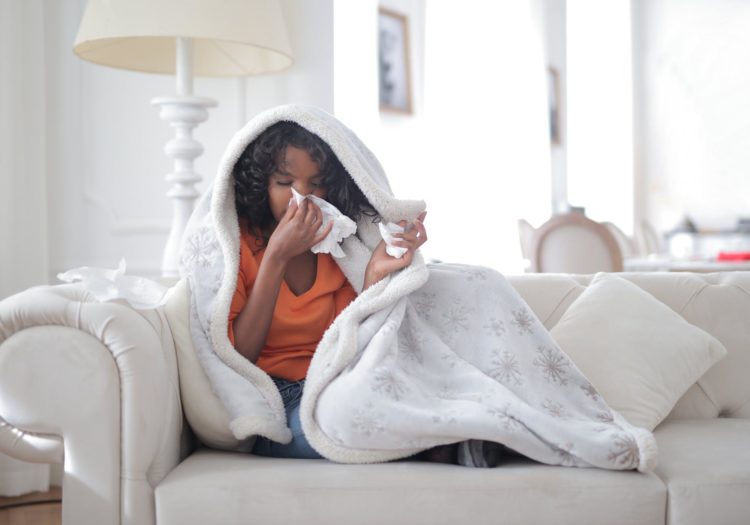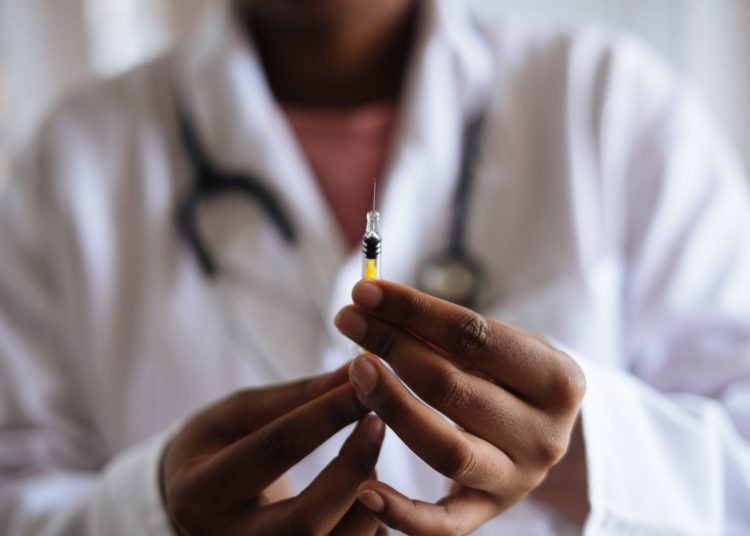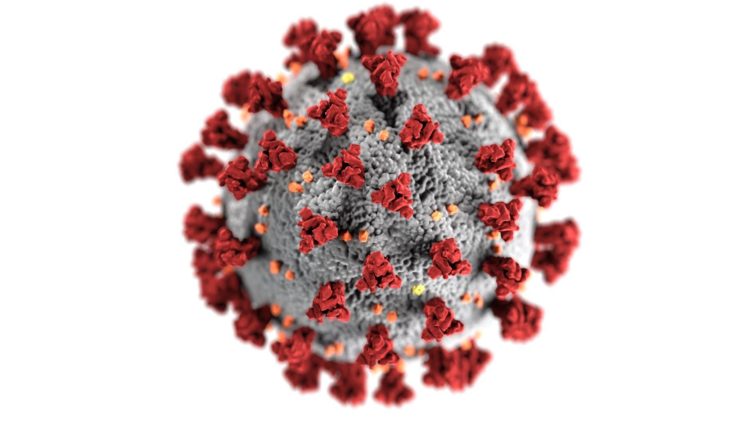Nowadays, proper respiratory hygiene is very important. These are some basic guidelines that need to be followed to prevent the spread of diseases that are transmitted through respiratory secretions. These include covering of mouth and nose when coughing or sneezing and washing hands with soap and water every time you touch your mouth or nose. These guidelines may sound simple but they will greatly help in reducing the spread of certain diseases such as Measles.
Measles is one of the most contagious diseases. It is a serious disease caused by a virus in the paramyxovirus. Even though there is a safe and cost-effective vaccine, it remains an important cause of death mostly in children under the age of five.

Measles Through Time
Measles has been infecting and killing people for centuries. A recent study suggests that measles appeared around 4,000 years ago when the measles virus diverged or evolved from the rinderpest virus when it transferred from cattle to cattle herders somewhere in the Middle East. Rinderpest virus attacks cattle in which it exhibits measles-like symptoms. Rinderpest virus has been eradicated already through the active vaccination program.
One of the earliest accounts of measles and differentiating it from smallpox was from Chinese Ko Hung in 340. About 300 years later in Egypt, Ahrun, a Christian priest, also described the difference between measles and smallpox. The most celebrated early diagnoses of the two diseases were from a Persian philosopher and physician Rhazes in the 9th century. He described the disease as “more dreaded than smallpox”.
Measles Tragedy in the USA
It was said that when Christopher Columbus and his fellow European explorers arrived in the New World (the United States of America) in 1492, they brought with them many diseases including measles.
Native Americans at that time had no natural immunity against the new diseases brought to their lands. Diseases such as measles, smallpox, chickenpox, and malaria devastated the New World. By estimates, the Native American population dwindled by as much as 95% over the next 150 years due to the diseases brought by the Europeans.
In 1824, Hawaii’s King Kamehameha II and Queen Kamamalu went to London to negotiate an alliance with King George IV. But after visiting the Royal Military Asylum which houses hundreds of soldiers’ children, they both developed measles and died within a month. In 1848, several epidemics, including measles, diarrhea, and influenza, struck Hawaii, killing up to a third of the native population.
In 1912, a study in the US found that the impact of the disease is fatal and widespread. Almost all Americans caught measles sometime in their life. From 1912 to 1916, 26 deaths for every 1,000 measles cases were recorded.
Start of Vaccine

In 1954, John Enders sent one of his researchers, Thomas Peebles to collect blood samples. After a month, Peebles isolated the measles virus in an infected 11-year-old boy named David Edmonston.
In 1963, the FDA licensed the first live virus measles vaccine, Merck’s Rubeovax. Measles lethality had dropped by the 1960s with less than one death reported for every 1,000 cases.
Measles Virus and Transmission

Measles virus is a member of the genus Morbillivirus of the family Paramyxoviridea. It is a single-stranded RNA virus seen as spheres with a diameter of 100-250 nm on electron microscopy.
Measles virus is closely related to the viruses that attack and infect animals such as phocine distemper and rinderpest viruses, a cattle pathogen that was eradicated in 2011. There are no known animal reservoirs of the measles virus. Humans are the only natural hosts of the virus.
Measles virus lives in the nose and throat of an infected person. It is normally passed via droplets when an infected person coughs or sneezes. The virus can stay up to two hours in an airspace where the infected person coughed or sneezed.
People can get infected if they breathe the contaminated air or touch an infected surface then touch their nose, mouth, or eyes. Measles is so contagious that an infected person can transmit the disease up to 90% of the people close to that infected person.
The virus typically first comes in contact with the lungs. From there, the infected cells travel to the lymph nodes then migrate throughout the body releasing the virus into the blood. As the virus travels in the blood, it infects capillaries in the skin.
Symptoms and Treatment
The initial symptoms usually appear between 10-12 days after getting infected by the virus. The first signs of measles are high fever, runny nose, cough, red and watery eyes. Small white spots inside the cheeks may appear two to three days after symptoms begin. After several days, a rash breaks out. The rash consists of small red spots, some of which are slightly raised, that start from the face then spread down the arms and trunk then to the legs.
Some people may suffer from severe complications such as pneumonia, encephalitis, and blindness.
As of the moment, there is no specific antiviral treatment for measles. Measures can be taken to protect individuals who have been exposed to the measles virus such as post-exposure vaccination and immune serum globulin injection.
Complications from measles can be reduced through supportive care. Proper nutrition, adequate fluid intake, and antibiotics to treat eye and ear infections are examples of supportive care for measles patients. Children diagnosed with measles should receive two doses of vitamin A.
Prevention
Measles is a preventable illness. Getting vaccinated is the best way to prevent being infected. Two vaccines, the MMR and MMRV vaccines are available and widely used. Children are recommended to get vaccinated at age 12-15 months with a second dose at age 4-6 years. The measles vaccine has been used for nearly 60 years and is safe, effective, and cheap.
Just like the grounding technique, we should step away from the negative past brought by measles and face the present situation. We should be vigilant in exterminating this disease by routine vaccination and spreading proper information.
The World Health Organization (WHO) is ensuring in strengthening the global laboratory network to ensure timely diagnosis and tracking of the spread of measles.